Fintech Solutions That Drive Personal Financial Success
Understanding the Landscape
What Is Personal Financial Success?
We define personal financial success as having the resources to successfully manage one’s debt (mortgages, auto loans, etc.); pay for basic needs like food, housing, education, health care, and other essential services; and build generational wealth. Personal financial success can further bring critical mental health benefits; abundant research shows strong links between financial worries and psychological stress.
To get a sense of what personal financial success means to workers, JFF partnered with Gallup to bring together two focus groups for conversations on money-related topics. The focus groups were made up of individuals who ranged in age from 18 to 49 and had household incomes of less than $150,000 per year, including both married and single working professionals with varying housing situations. Some of the participants had children and others did not, and some were attending college or had some postsecondary education. (See Appendix B for full information about the focus groups.) Meeting in May 2024, focus group participants shared the following definitions of financial success:
Not living paycheck to paycheck.
Being able to help my family, like my mom and younger siblings . . . without it taking away from my own situation.
Mental relief . . . so I can wake up every day not having to check my balance or my bank account constantly and then having to use a credit card. I don’t have to worry about discounts or impulsive purchases.
Being as debt-free as possible. Not owing anything and being able to retire early and not have to work until my last breath.
Financial freedom—just being able to not worry about swiping the card when I’m out on vacation.
Many people for whom personal financial success seems out of reach display a strong awareness of the importance of managing their finances, saving money, and building wealth, but they struggle to find purpose-built tools that could mitigate or perhaps even solve their financial challenges. They aren’t always well served by banks and other financial institutions, which impose penalties for illiquidity, such as overdraft fees and minimum balance requirements.
This often blocks people with low-to-moderate incomes from fully participating in or realizing the benefits of the financial system, especially members of working families that live paycheck-to-paycheck and struggle to pay for anything beyond immediate needs. Some may seek credit from businesses like payday lenders, whose high interest rates and predatory tactics can exacerbate their financial challenges.
The innovative fintech solutions we highlight in this market scan can offer alternative pathways to personal financial success for people in those circumstances by expanding access to credit-building tools, flexible capital, user-friendly money management tools, and investment services, especially for the millions of people in this country who are unbanked or underbanked.
The Market Today
Some market observers argue that fintech companies are in a good position to meet the needs of people with low-to-moderate incomes because they can respond nimbly to consumer demand—as exemplified by the rate at which new tools are emerging. However, other analysts argue that fintech companies operate in largely unregulated areas of the financial sector, which could mean they’re more likely to engage in predatory behavior.
Among existing financial institutions, credit unions boast strong customer satisfaction ratings for their trustworthiness and customer service. These nonprofit institutions typically establish local roots in the communities they serve, and their incentive programs are better aligned with customers' financial goals. But credit unions have struggled to establish robust digital footprints because they have limited resources. They also have failed to engage younger consumers to replace their aging customer bases, creating an uncertain long-term outlook. Partnering with fintechs represents a way to mitigate both challenges by giving them access to innovative digital-first tools that could help them connect with younger customers, including members of the untapped markets of those who are unbanked or underbanked.

As noted earlier, we estimate the total addressable U.S. market for fintech tools that drive personal financial success to be $8 billion. This indicates robust opportunities for new providers and startups in this sector, especially for those forging partnerships with employers and nonprofits in arrangements that limit the costs workers themselves would have to pay. (See Appendix A for information about how we calculated the size of the total addressable market.)
The fintech industry is projected to grow significantly faster than the traditional financial services industry. Fortune Business Insights predicts that the fintech market will exhibit a compound annual growth rate of 16.5% from 2024 to 2032, while McKinsey predicts that the banking industry will show 6% growth from 2022 to 2028. According to Allied Market Research, large businesses accounted more than two-thirds of the revenue in the global financial wellness benefits market in 2022, more than $1.3 billion, indicating that the cost of many of these solutions is subsidized or entirely covered by employers who are growing increasingly aware of the important role benefits that promote employee financial well-being can play in attracting and retaining top talent. The fact that employers are willing to provide these products and services to employees is key, given the profusion of free and low-cost advice, services, and resources available today. Participants in our focus groups indicated a low initial willingness to pay for fintech tools out of their own pockets.


